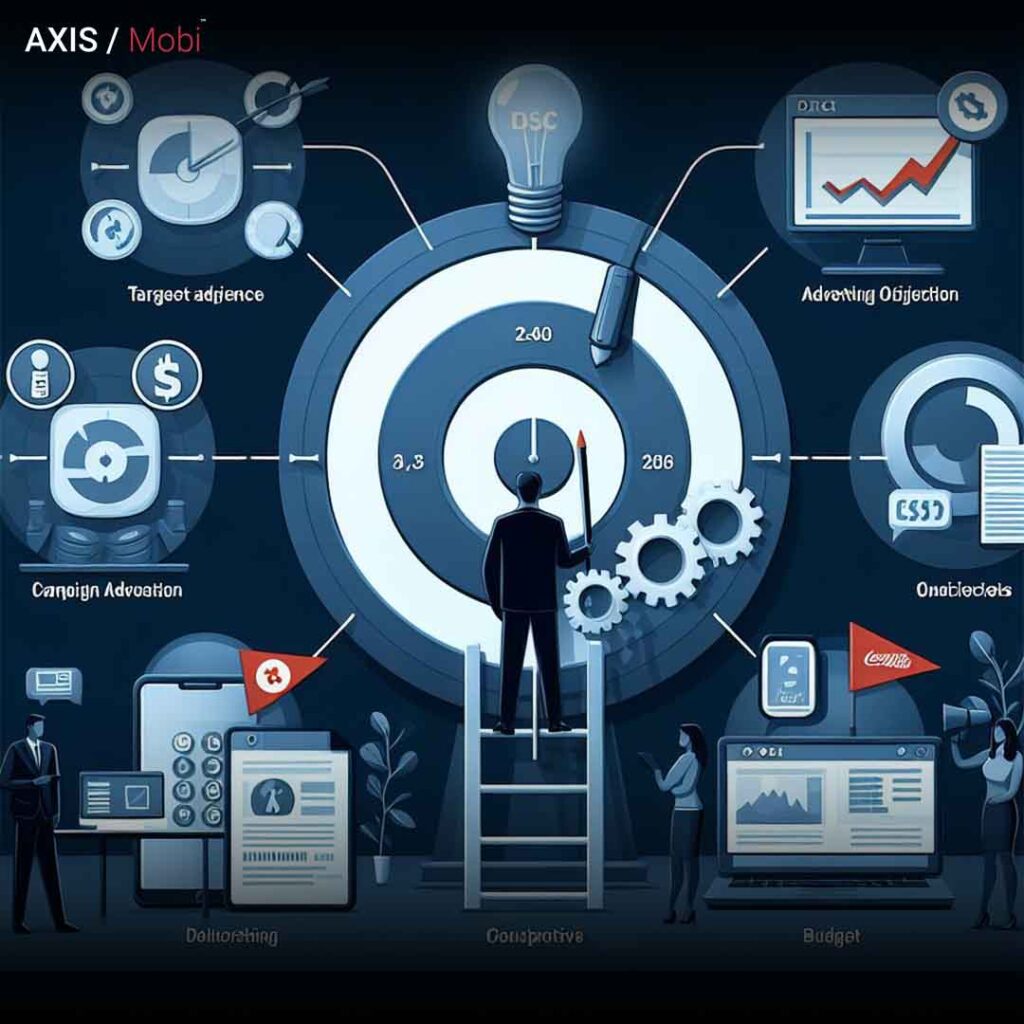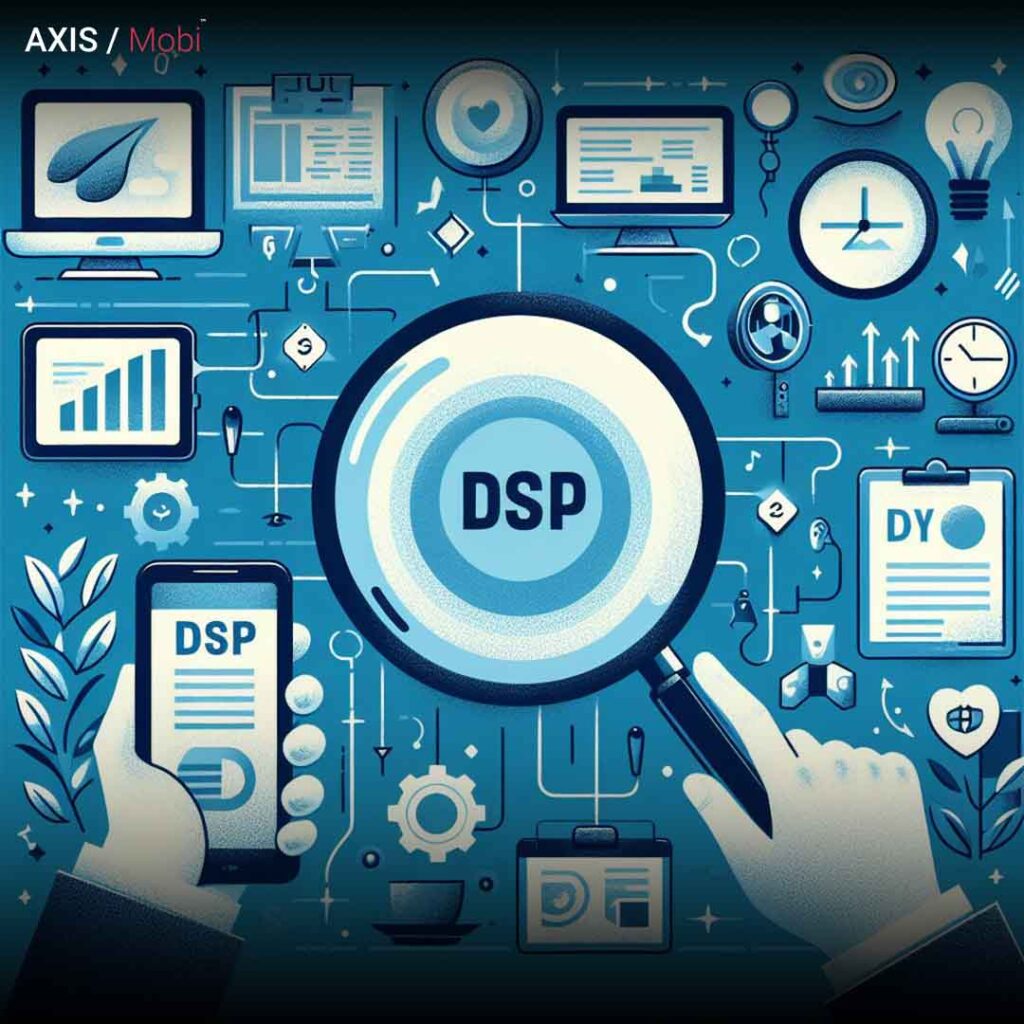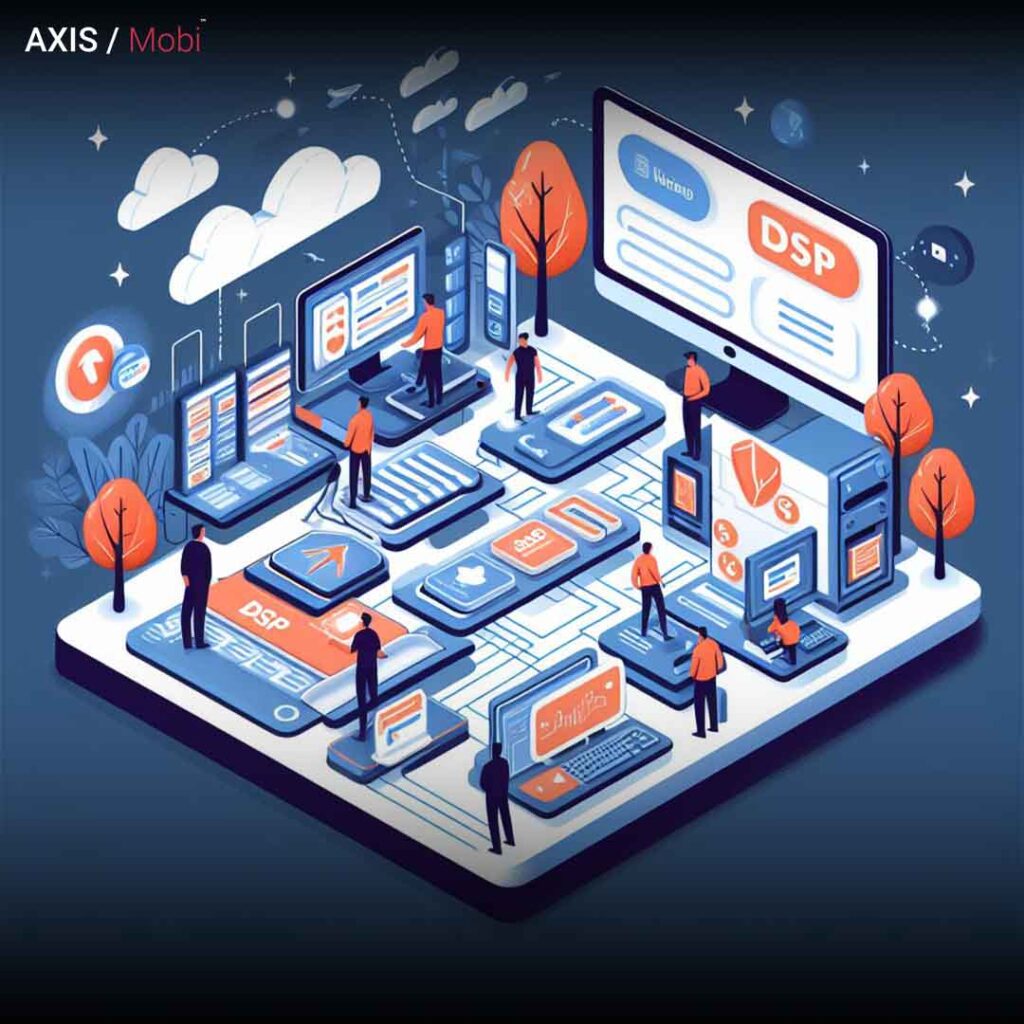In the ever-evolving world of digital advertising, partnerships with DSP (Demand Side Platform) companies have become increasingly essential for advertisers looking to stay competitive and reach their target audiences effectively. These partnerships offer access to advanced programmatic advertising tools and technology that can make a significant difference in the success of your digital marketing campaigns.
In this comprehensive guide, we will explore what you can expect when partnering with a DSP company, the benefits of such collaborations, and how to get started on the path to more efficient and data-driven advertising.
Understanding the Role of a DSP Company

Before we dive into the partnership details, let’s establish a clear understanding of what a DSP company does and why their role is pivotal in modern digital advertising.
What is a DSP Company?
A Demand Side Platform (DSP) company is a technology provider that offers advertisers and agencies a centralized platform for purchasing digital ad inventory across various online channels. DSPs provide the tools and infrastructure needed to execute programmatic advertising campaigns, allowing advertisers to bid on and purchase ad impressions in real-time auctions.
Why Partner with a DSP Company?
Partnering with a DSP company offers several advantages, including:
- Efficient Ad Buying: DSPs automate the ad buying process, making it more efficient and cost-effective. Advertisers can access a wide range of digital ad inventory and make real-time bidding decisions to optimize campaign performance.
- Audience Targeting: DSPs offer advanced targeting options, enabling advertisers to reach specific audiences based on demographics, behavior, interests, and more. This precision targeting ensures that ads are delivered to the right people at the right time.
- Data-Driven Insights: DSPs leverage vast amounts of data to provide advertisers with valuable insights into campaign performance. Advertisers can track metrics, analyze data, and make data-driven decisions to improve ROI.
What to Expect When Partnering with a DSP Company
Partnering with a DSP company involves a series of steps and considerations to ensure a successful collaboration. Here’s what you can expect when embarking on this journey:
1. Needs Assessment

Before selecting a DSP company, assess your advertising needs and goals. Consider factors such as your target audience, campaign objectives, budget, and the channels you want to advertise on. This assessment will help you determine the type of DSP platform that aligns with your requirements.
2. Research and Selection

Research various DSP companies to find the one that best fits your needs. Consider factors like the platform’s user interface, targeting capabilities, pricing structure, and customer support. Look for a company with a good reputation and a track record of successful partnerships.
3. Onboarding and Integration

Once you’ve chosen a DSP company, the onboarding process begins. This involves setting up your account, integrating with your existing systems (if applicable), and familiarizing yourself with the platform’s features. Many DSP companies provide training and support during this phase to ensure a smooth transition.
4. Audience Segmentation

One of the key benefits of partnering with a DSP company is audience segmentation. You can expect to work closely with the DSP to define your target audiences based on various criteria, including demographics, online behavior, location, and more. The DSP will help you create audience segments to maximize the effectiveness of your campaigns.
5. Campaign Setup and Optimization

With your audience segments in place, you can start setting up and launching your campaigns. DSP platforms offer a range of options for creating ad creatives, setting bidding strategies, and optimizing campaigns for better results. Expect to work closely with your DSP’s campaign management team to fine-tune your campaigns for maximum ROI.
6. Real-Time Monitoring and Reporting
DSP companies provide real-time monitoring tools that allow you to track the performance of your campaigns as they run. You can expect access to detailed reports and analytics, including metrics like impressions, clicks, conversions, and click-through rates (CTR). Regularly monitoring your campaigns is essential for making data-driven decisions and optimizing your advertising strategy.
7. Continuous Collaboration
Partnering with a DSP company is not a one-time event but an ongoing collaboration. Expect to engage in regular communication with your DSP account manager or support team. They can provide insights, recommendations, and updates on industry trends to help you stay ahead of the competition.
How to Get Started with a DSP Company
Now that you have a clear understanding of what to expect, here are the steps to get started with a DSP company:
1. Define Your Advertising Goals
Clearly define your advertising objectives. Are you looking to increase brand awareness, drive website traffic, generate leads, or boost sales? Knowing your goals will help you choose the right DSP platform and set up effective campaigns.
2. Research DSP Providers
Research and evaluate different DSP providers in the market. Consider factors such as the range of ad inventory they offer, their targeting capabilities, pricing models, and customer support. Reach out to potential partners for demos and consultations.
3. Choose the Right DSP
Select a DSP provider that aligns with your goals and budget. Ensure that their platform is user-friendly and offers the features you need. Pay attention to any contractual agreements, pricing structures, and service-level agreements (SLAs) before signing on.
4. Onboard and Integrate
Work closely with your chosen DSP company to onboard and integrate your advertising campaigns. This may involve setting up your account, integrating with data sources, and defining audience segments.
5. Create and Launch Campaigns
With your DSP platform in place, create and launch your advertising campaigns. Leverage the platform’s targeting options to reach your desired audience segments. Monitor your campaigns closely to track performance.
6. Optimize and Refine
Regularly review campaign performance data and make data-driven optimizations. Adjust your targeting, bidding strategies, and ad creatives as needed to improve results. Collaborate with your DSP account manager for guidance.
7. Scale and Expand
As you gain experience and see positive results, consider scaling your advertising efforts. Explore new channels and audience segments to expand your reach. Continuously evaluate your strategy and make adjustments to stay competitive.
Conclusion
Partnering with a DSP company can be a game-changer for your digital advertising efforts. It offers access to advanced programmatic advertising tools, efficient ad buying processes, and data-driven insights that can significantly enhance your campaign’s performance. By understanding what to expect and following the steps outlined in this guide, you can embark on a successful journey of collaboration with a DSP company and unlock the full potential of your digital advertising strategy.
Frequently Asked Questions (FAQs)
How can partnering with a DSP company benefit my advertising strategy?
Partnering with a DSP company brings several advantages to your advertising strategy:
1. Access to Advanced Targeting: DSPs offer sophisticated targeting options, allowing you to reach specific audiences based on demographics, interests, and behaviors.
2. Real-Time Bidding (RTB): Benefit from RTB auctions to bid on ad impressions in real time, ensuring efficient and cost-effective ad placements.
3. Enhanced Data Insights: DSPs provide valuable data and analytics, enabling data-driven decision-making for campaign optimization.
What criteria should I consider when selecting a DSP company for partnership?
Choosing the right DSP company is crucial for success. Consider the following criteria:
1. Target Audience Reach: Ensure the DSP has access to the audience you want to target, with a broad reach across relevant channels.
2. Technology and Features: Assess the technology stack and features offered by the DSP, including reporting tools, optimization capabilities, and ad format support.
3. Transparency and Data Security: Prioritize DSPs that offer transparency in pricing, data usage policies, and robust security measures to protect your campaign data.
How can I effectively integrate a DSP into my advertising strategy?
Integrating a DSP seamlessly into your advertising strategy involves the following steps:
1. Define Campaign Objectives: Clearly outline your advertising goals, whether it’s brand awareness, lead generation, or conversions, to align DSP strategies accordingly.
2. Set Targeting Parameters: Leverage the DSP’s targeting capabilities by specifying audience demographics, interests, and geographical preferences.
3. Dynamic Creative Optimization (DCO): Implement DCO to customize ad creatives dynamically based on user behavior, ensuring relevance and engagement.
What level of control will I have over my advertising campaigns when partnering with a DSP company?
Partnering with a DSP provides a high level of control over your advertising campaigns:
1. Real-Time Adjustments: DSP platforms allow real-time adjustments to budgets, bidding strategies, and targeting parameters based on campaign performance.
2. Performance Analytics: Access detailed performance analytics and reporting tools to evaluate key metrics and make informed decisions.
3. A/B Testing: Conduct A/B testing to experiment with different creatives, messages, and targeting strategies for continuous optimization.
How can I measure the success of my advertising campaigns with a DSP company?
Evaluate the success of your campaigns with these key metrics:
1. Click-Through Rate (CTR): Measure the percentage of users who clicked on your ad after seeing it, indicating engagement.
2. Conversion Rate: Track the percentage of users who completed a desired action, such as making a purchase, reflecting campaign effectiveness.
3. Return on Ad Spend (ROAS): Assess the profitability of your campaigns by comparing revenue generated to advertising costs.





Pingback: DSP Platforms Benefits: Optimizing Ad Campaigns for Success